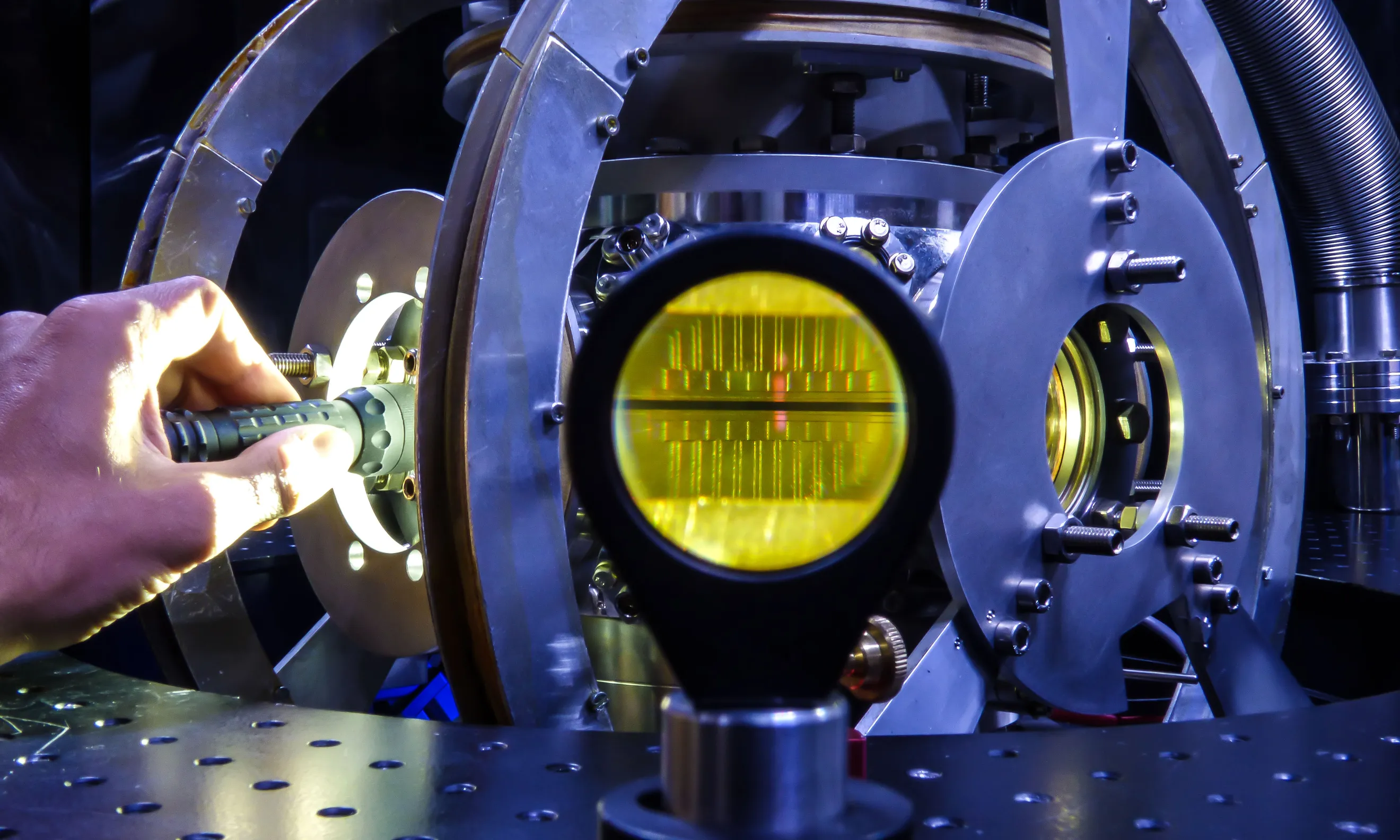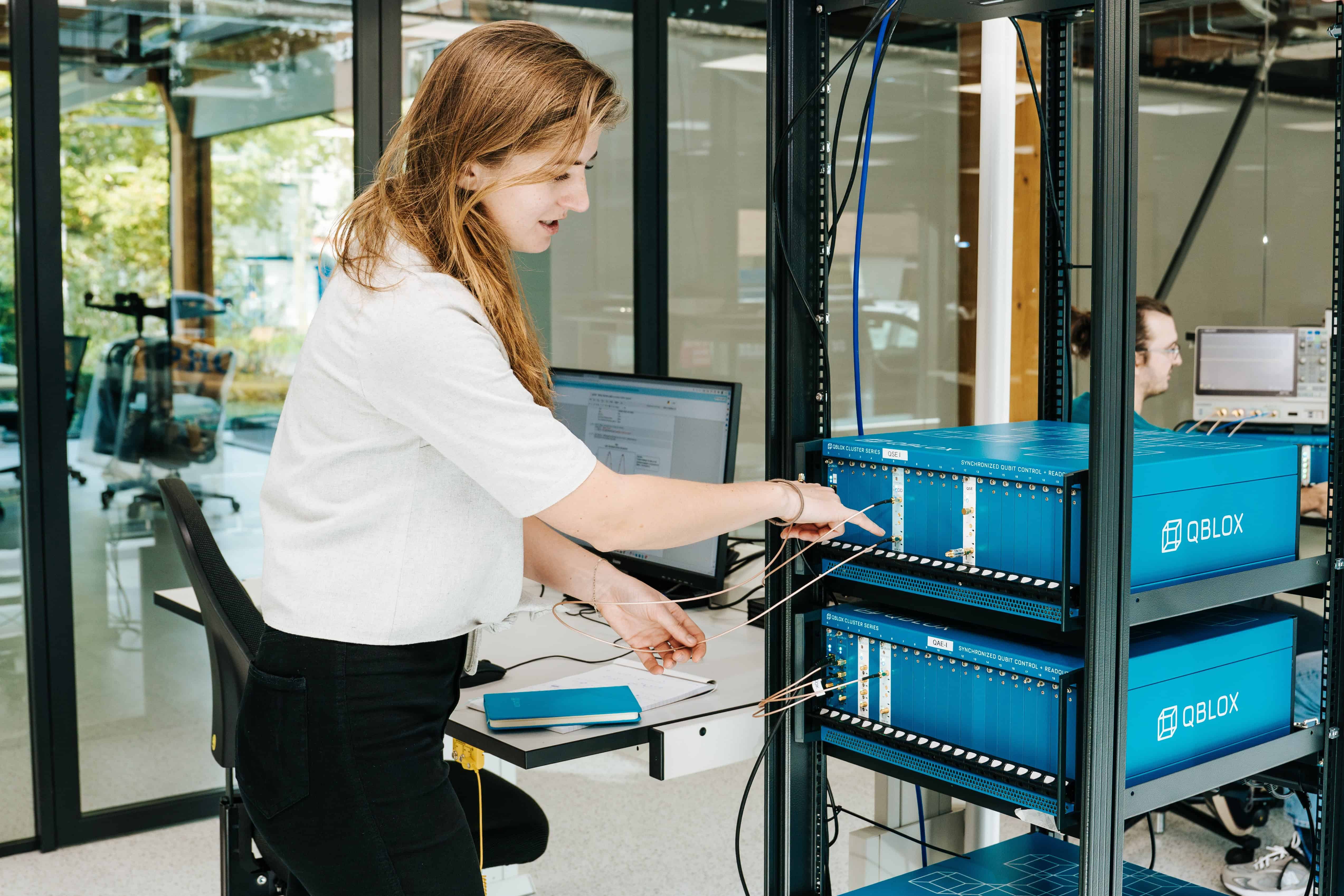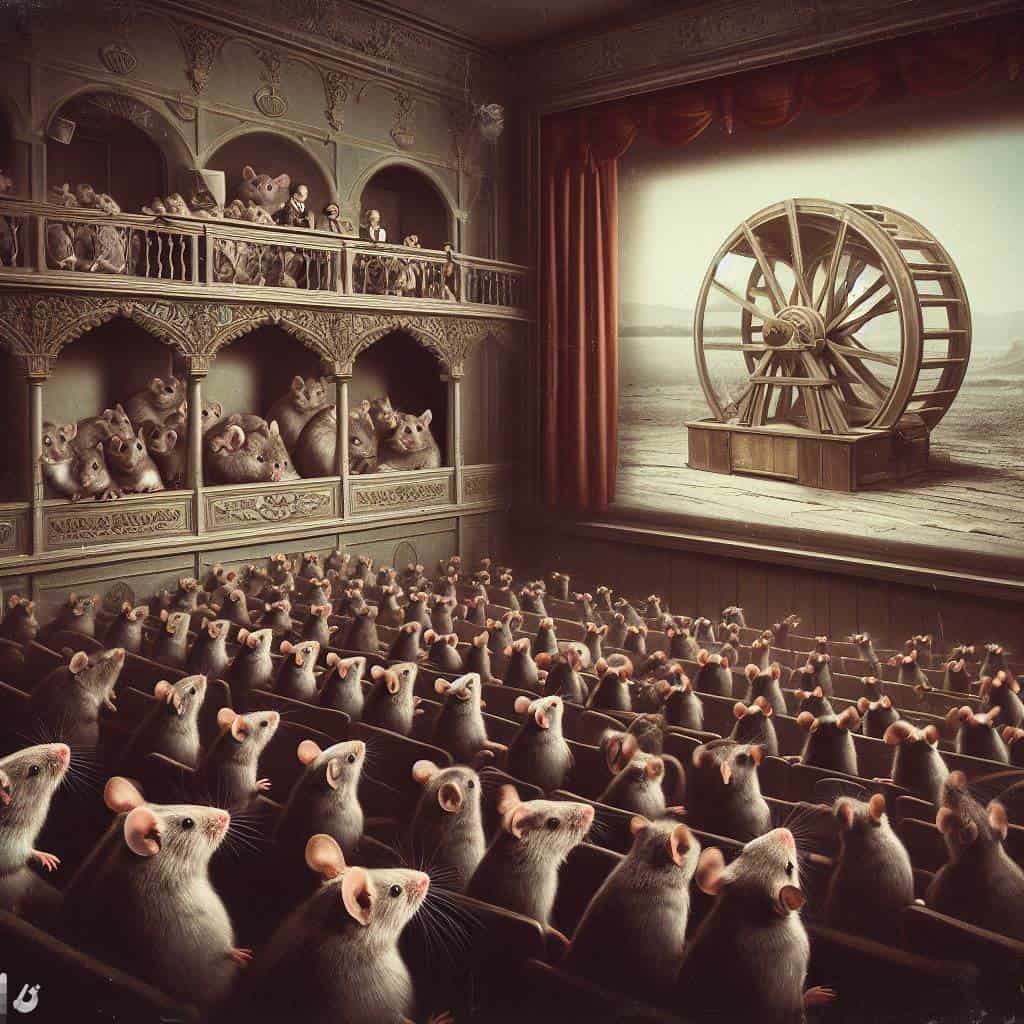
In a groundbreaking development, researchers at the University of Innsbruck, Austria, have demonstrated an efficient way to entangle high-dimensional quantum systems using quantum digits (qudits) rather than binary encoding. This leap beyond classical computing’s zeros and ones allows for more powerful calculations in quantum computing. The team successfully entangled two qudits encoded in up to 5 states of individual Calcium ions, paving the way for faster and more robust quantum computers. With many applications in fields such as chemistry, physics, and optimisation, this natural language of quantum computing unlocks the true potential of quantum systems.
Understanding quantum computing and qudits
Quantum computing is a rapidly developing field that leverages the principles of quantum mechanics to perform complex calculations at speeds far beyond those of classical computers. In classical computers, information is stored as binary digits (bits), consisting of either a 0 or a 1. Quantum computers, on the other hand, use quantum bits (qubits) that can exist in multiple states simultaneously, thanks to a quantum phenomenon known as superposition.

Qudits are an extension of qubits, representing quantum digits that can hold more than two states. Utilising qudits in quantum computing allows for additional computational resources, unlocking the full potential of quantum systems. This breakthrough was demonstrated by a team at the University of Innsbruck, led by Martin Ringbauer, who developed a system capable of performing calculations with up to seven states.
Entangling qudits for efficient calculations
One of the challenges in building qudit-based quantum computers is efficiently creating entanglement between high-dimensional information carriers. Quantum entanglement is a unique quantum feature that allows particles to become interconnected, enabling quantum computers to greatly outperform classical computers in certain tasks. The University of Innsbruck team has now reported a method to fully entangle two qudits with unprecedented performance, which is essential for robust and accurate higher-dimensional calculations.
This achievement reduces the number of operations required in quantum computing, increasing efficiency in environments where computations are inherently sensitive to noise and external disturbances. By fully entangling two qudits, each encoded in up to 5 states of individual Calcium ions, the researchers have provided both theoretical and experimental physicists with a new tool to move beyond binary information processing.
Future Implications and Quantum Simulators
The successful entanglement of qudits has far-reaching implications for various fields, including the development of new materials, analysis of chemical processes, and solving optimisation problems. Furthermore, the natural language of quantum systems aligns with qudit encoding, making it a more suitable representation for quantum computing tasks in physics, chemistry, and material science.
In addition to these advancements, the PASQuanS2 project has been launched, focusing on developing next-generation programmable, large-scale atomic quantum simulators with up to 10,000 atoms. This project unites 25 academic and technology partners from Austria, France, Germany, Italy, Slovenia, and Spain, and aims to transform programmable quantum simulation development in Europe over the next seven years.








